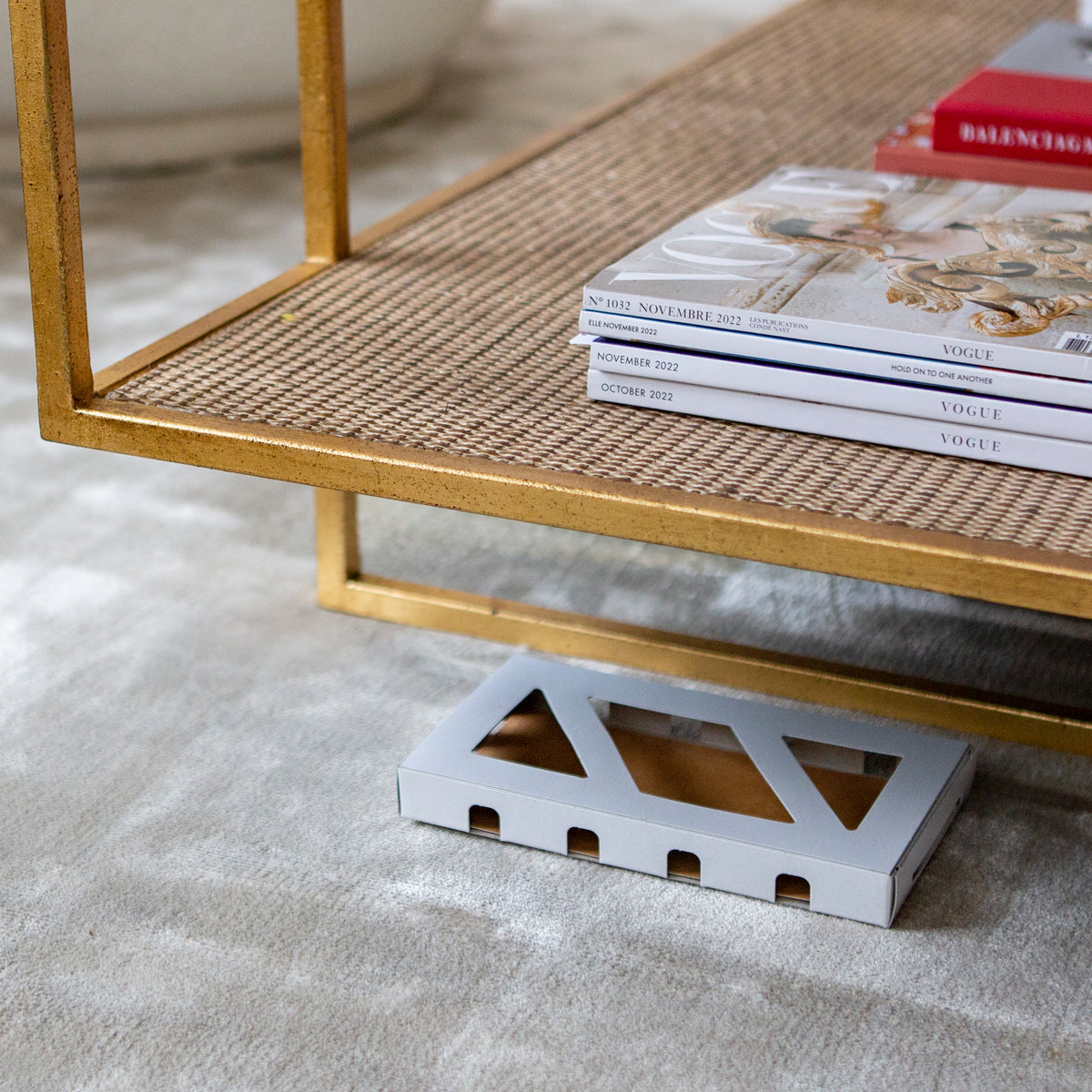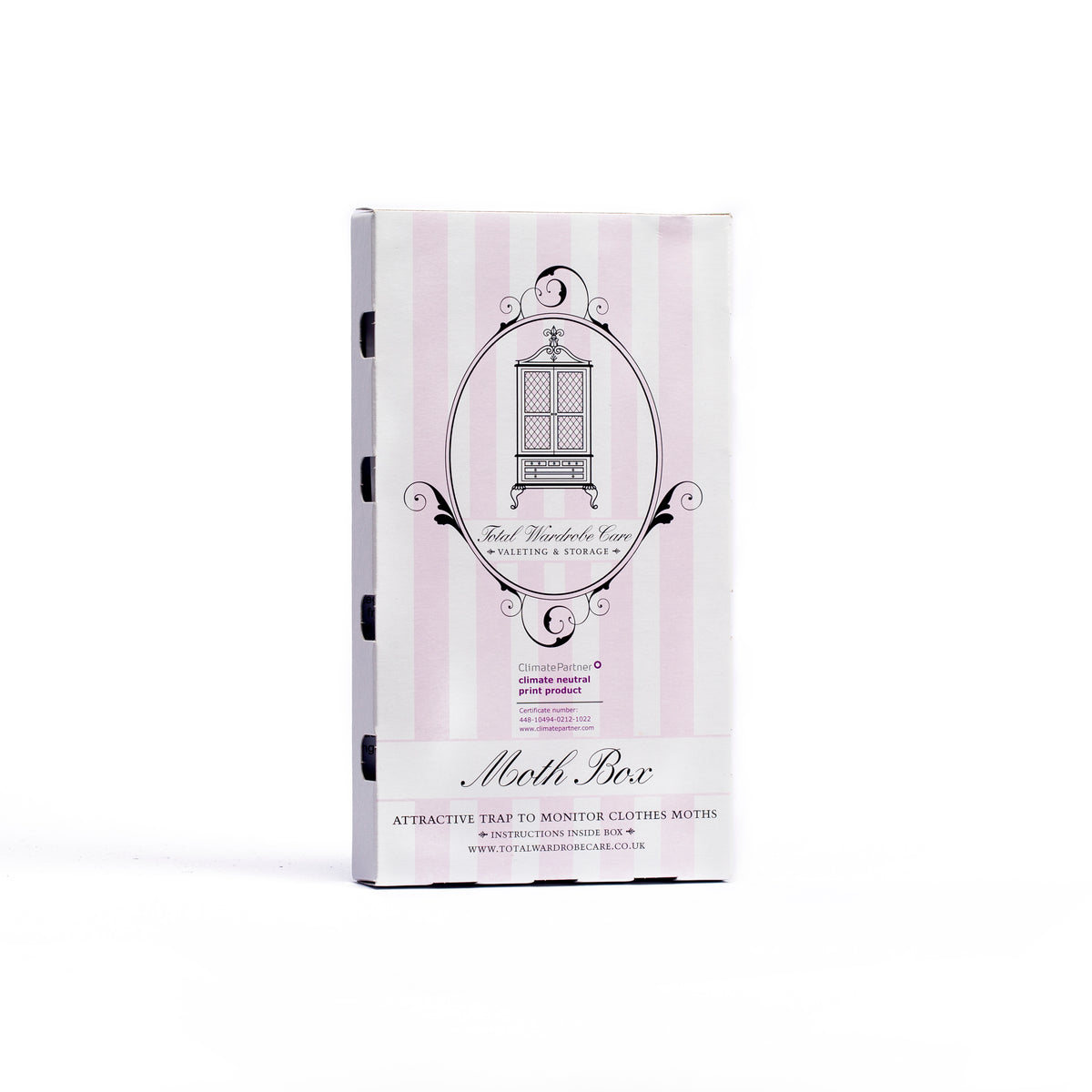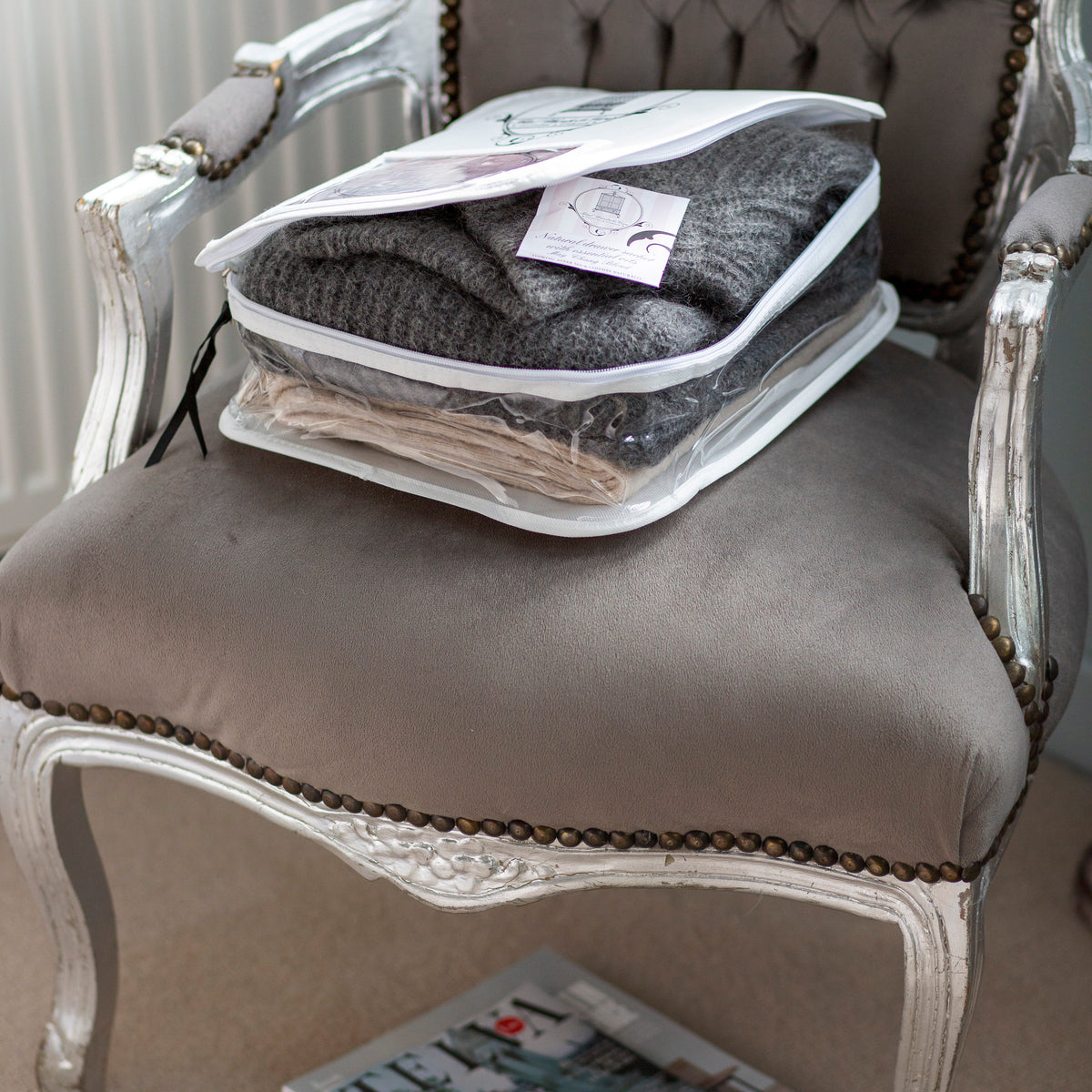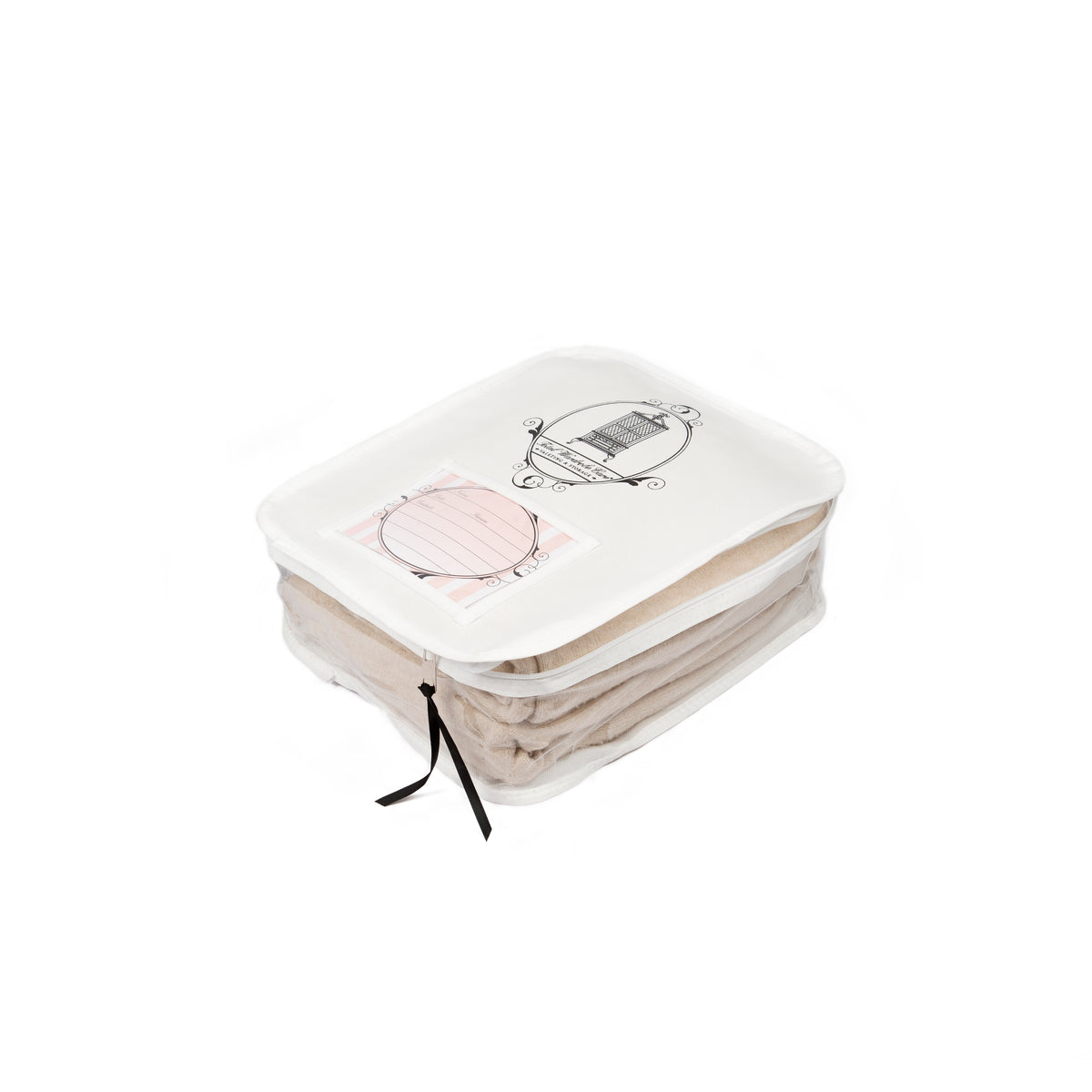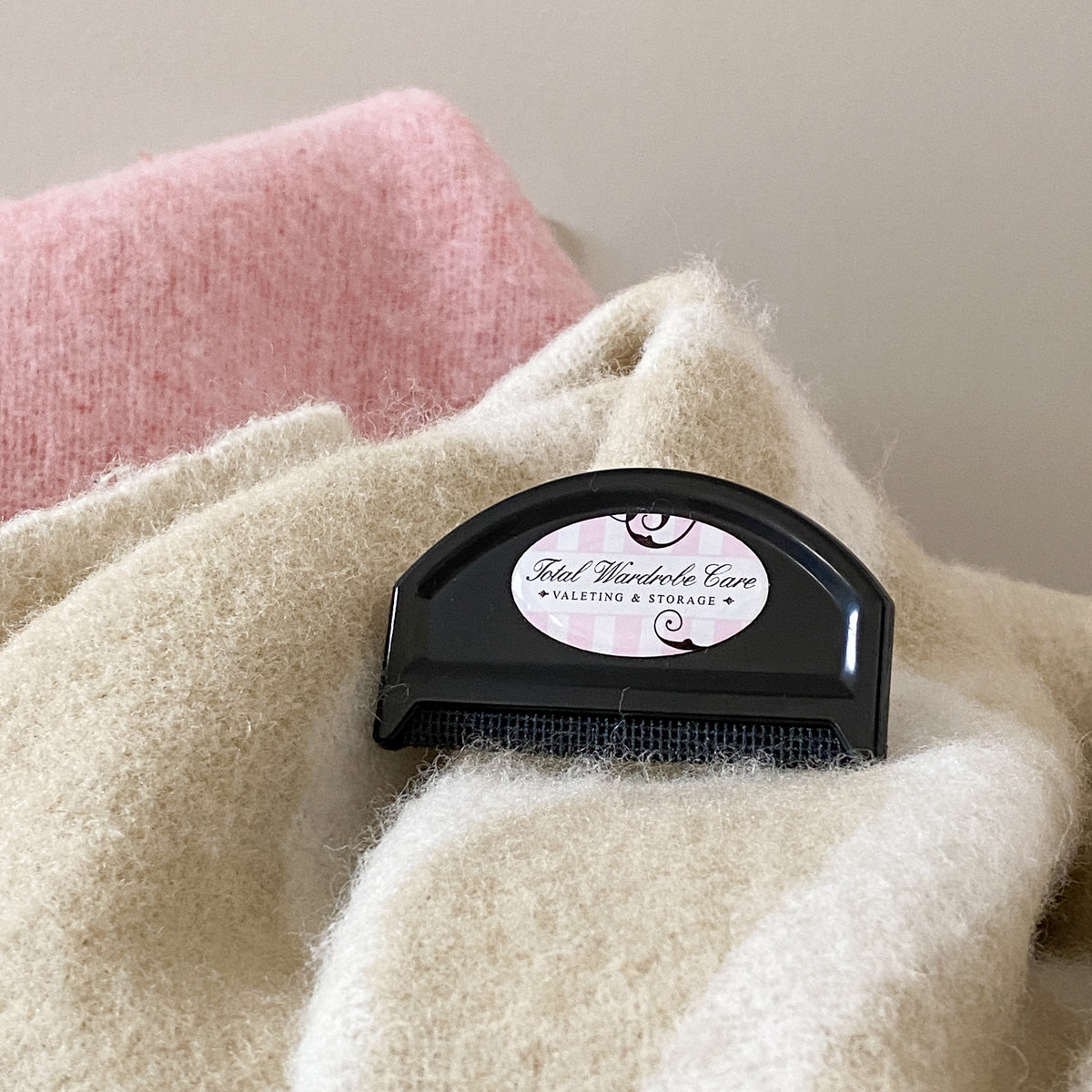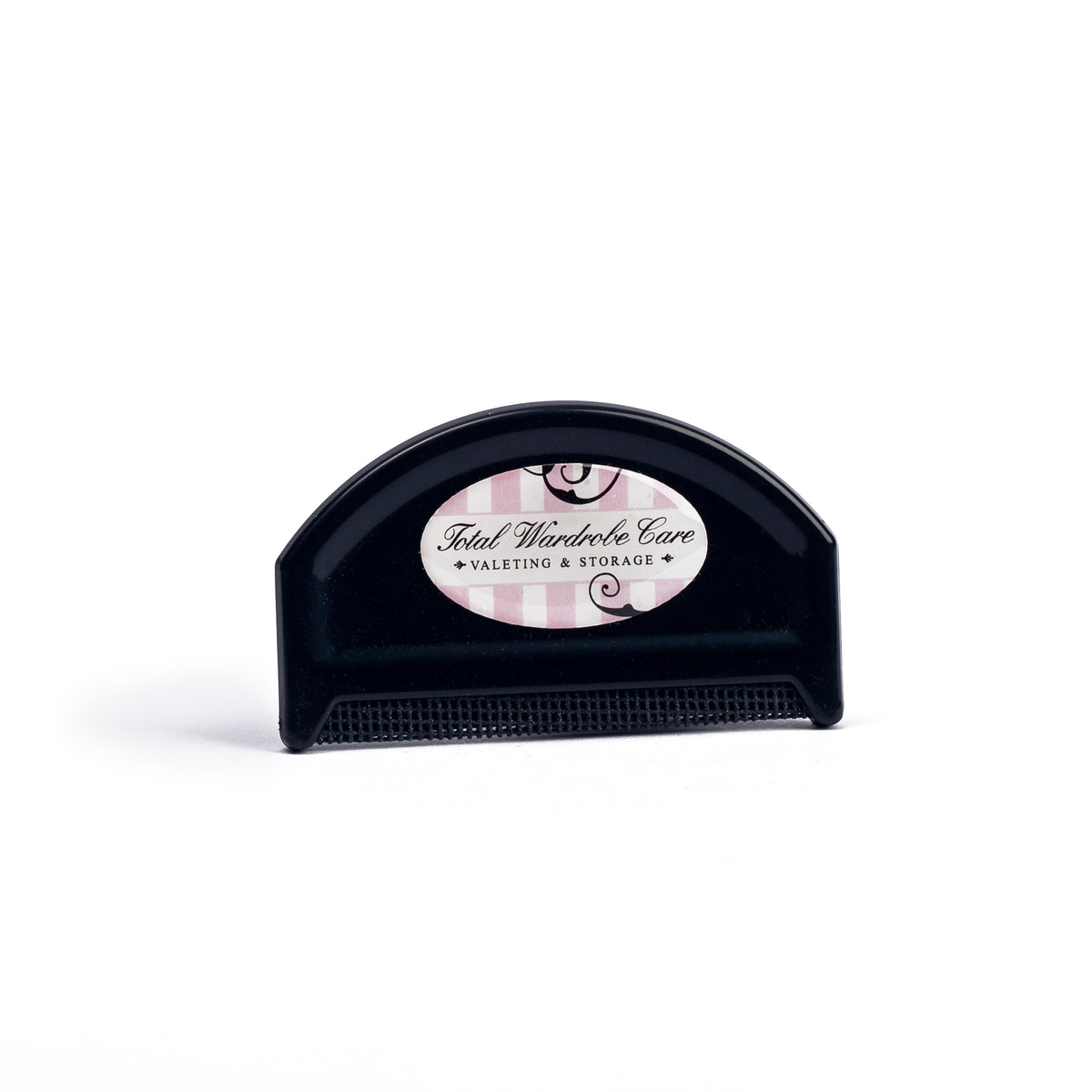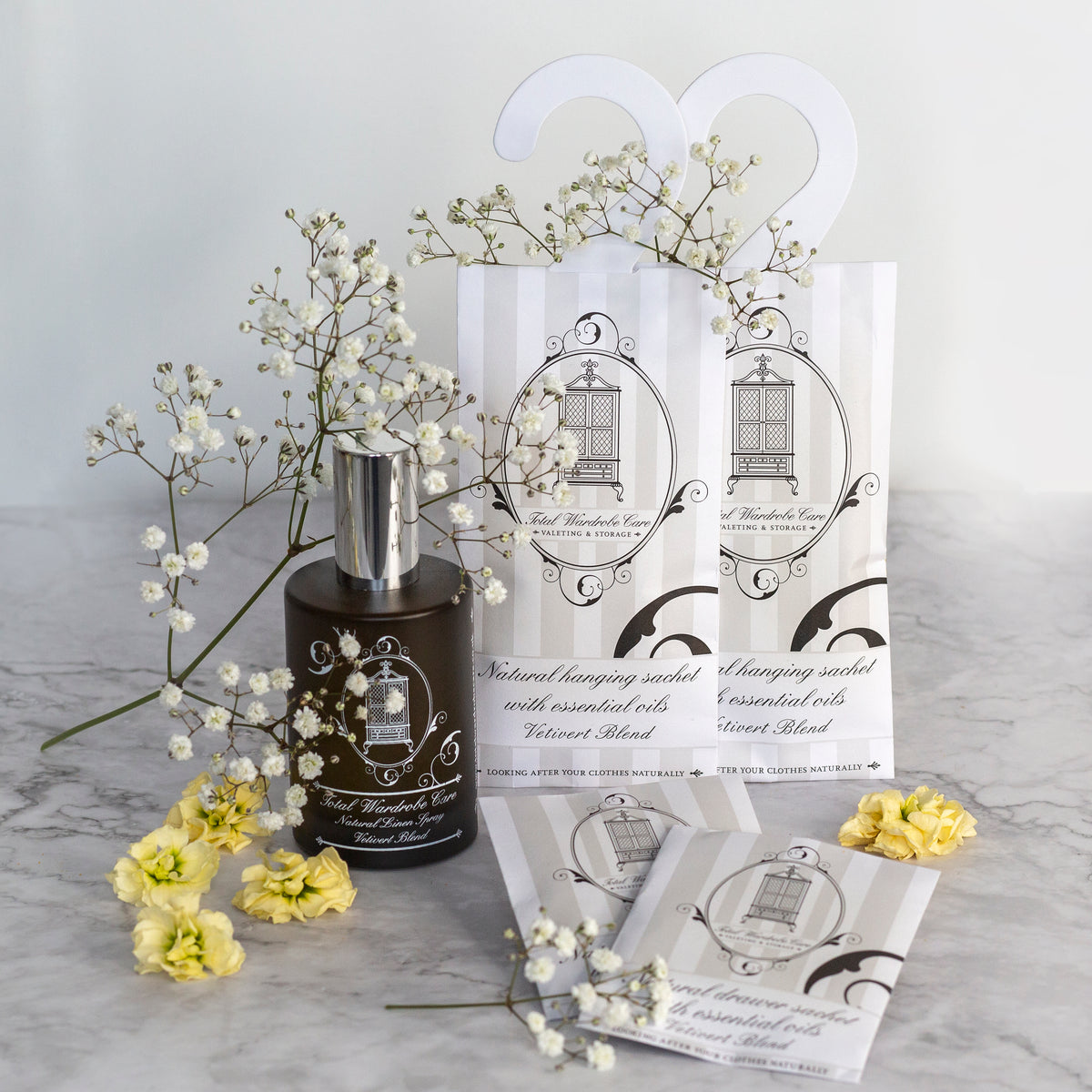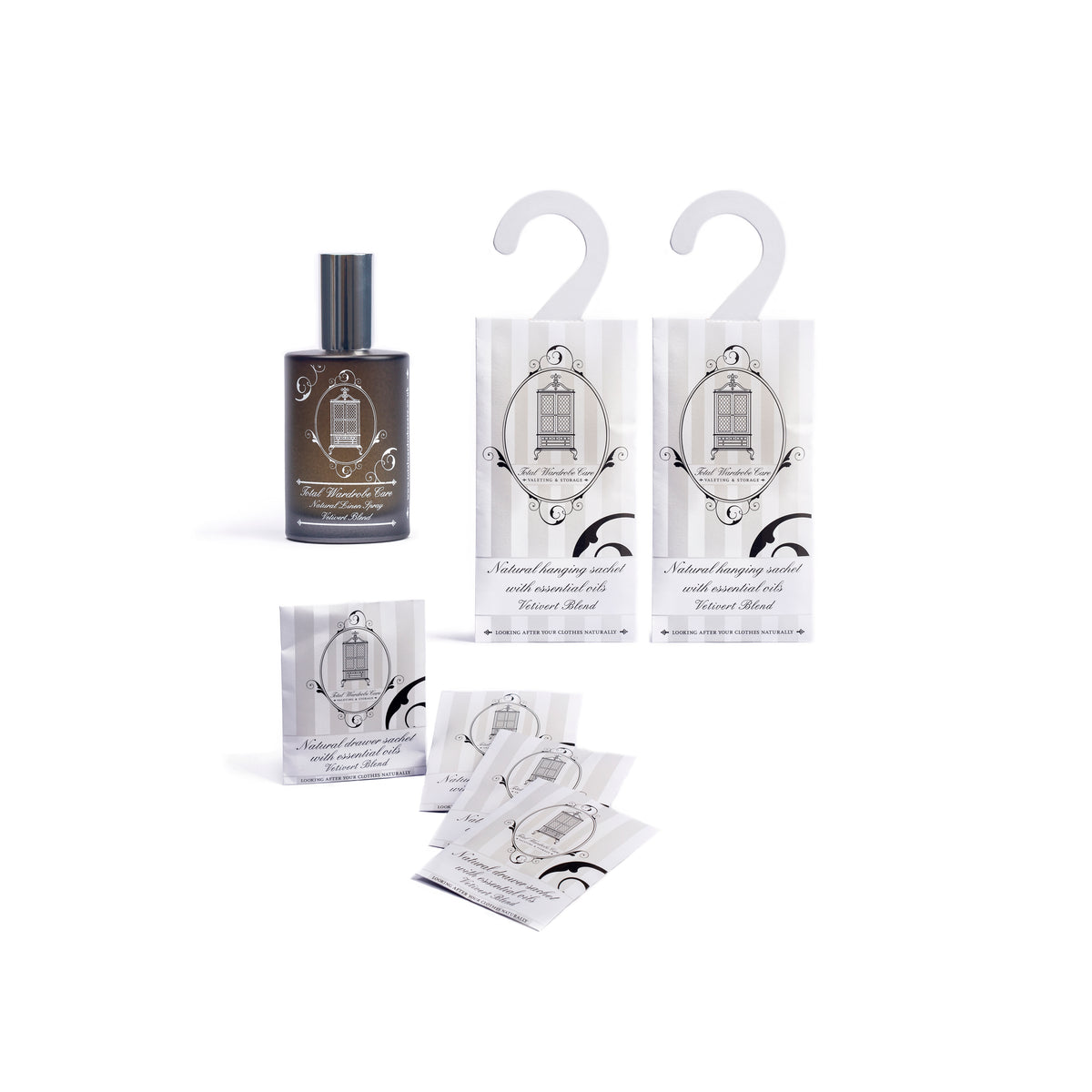THE LIFE OF A CLOTHES MOTH

THE LIFECYCLE OF A CLOTHES MOTH
1. THE EGGS ARE LAID: Once mating has occurred, the females lay 40 to 50 eggs over a course of 4-21 days that hatch into eating machine larvae.
2. THE LARVAE HATCH: These live for an unusually long period of 50 days before they pupate, all the time feeding on the fibres of your clothes.
3. THE LARVAE PUPATE: They wrap themselves in a silken case sealed with excrement and fibre. Whilst pupating they drag their bodies along in their silk turban, eating as they go.
4. THEY BECOME MOTHS: The moths mate and carry on the cycle again, and again, from May until October.

HOW LONG DO MOTHS LIVE?
ADULT CLOTHES MOTH (TINEOLA BISSELLIELLA)
The common clothes moth, also called the Webbing Clothes moth, Tineola Bisselliella, is surprisingly small in its adult form at 5-8 mm long. The adult moth is a buff or beige colour with a small patch of light red hair on the head. The adult moths are not strong fliers and prefer darkness over light, so you are less likely to see them flying about unless your infestation is heavy, and if you do, you are most likely to see them fluttering about in lower parts of the room. If you do see them higher up it is most likely that they have scaled curtains.
Due to their size, they are difficult to see unless they catch your eye by fluttering about. The adult clothes moth mates and reproduces but does not feed or cause damage to materials directly. The adult female clothes moth emits a pheromone which the male clothes moth can detect via his antennae. The male seeks out the female by flying up the pheromone cloud and then mating occurs. If you see lots of clothes moths fluttering about it is likely that they are males.
TIPS TO STOP ADULT CLOTHES MOTHS
If you are seeing adult moths flying around you are likely to have a well-established infestation. To target the adult phase, you should use either the Moth Trap Box or the Moth Decoy. Both products use the same pheromone specific to the female webbing clothes moth.
The Moth Box attracts male clothes moths to a sticky board which kills the moths and is good to monitor infestation levels.

The Moth Decoy uses the same pheromone in a unique tablet like product which spreads the pheromone on the bodies of the males moth, preventing them from finding mates and reducing reproduction and consequent egg laying.

CLOTHES MOTH EGGS
Once mated, an adult female clothes moth will lay 40 to 50 eggs over 2 to 3 weeks and then dies. The eggs are laid singly or in small groups, hidden away in materials such as folds of clothing or soft furnishings. The eggs are the size of a pinhead. In summer the eggs hatch between 4-10 days and take up to three weeks to hatch in winter.
CLOTHES MOTH LARVAE
The eggs hatch into larvae, which look like little creamy coloured worms with a dark head. The newly emerged larvae are about 1mm long but grow up to 12mm. This is the destructive phase as the larvae have chewing mouth parts and feed on natural materials containing the protein keratin such as cashmere, wool, silk, feathers, furs and leather.
They are unlikely to feed on synthetic fibres, but it is possible if they are soiled with food stains, skin cells and human secretions like sweat. The larvae create silken threads which looks like webbing. They eat, grow, shed their skins and repeat.

With the right conditions, such as plenty of food, the right humidity and temperature the larvae become fully grown in 35 days however if conditions are not as favourable, then this could take as long as 2.5 years. For more information about moth larvae read our blog 'how to get rid of moth larvae'
PUPATION STAGE OF THE CLOTHES MOTH
The fully grown larvae spins a case like a sleeping bag made of silk approximately 8mm in length and transforms inside to an adult moth. The adult moth emerges in approximately 8 to 10 days in Summer or up to 4 weeks during the Winter and the whole cycle starts again. If left unchecked, each lifecycle leads to a multiplication of the destructive larvae.
KILL CLOTHES MOTH EGGS & LARVAE
As the temperature starts to rise in spring, the conditions become more favourable to the clothes moth and the life cycle

Use this time wisely to get a handle on an infestation as part of a spring clean, wardrobe clean out and change over to spring season garments. Dry clean winter coats and woollen garments as dry-cleaning fluid kills eggs and larvae.
Empty your wardrobe, vacuum, wash or treat with a steam cleaner or Chrysanthemum Killer Moth Spray before replacing clothes. These methods and products will kill eggs and larvae.
Replace your clothes putting precious out of season items in moth proof breathable Storage Bags and repel adult moths from returning by using products with natural ingredients which repel clothes moths, for example Drawer Sachets, Hanging Sachets & Drawer Liners .

WHAT ATTRACTS THE MOTHS TO CLOTHES?
The larvae convert the protein keratin, that is present in hair and wool, into useful nutrients. They do not drink water, so depend on their meal of jumper sleeve for moisture. Old sweat and liquid spillages provide a perfect feeding site for the hungry hatchlings. The female clothes moths will find a prime site for their eggs to hatch - the dirtier the better! Not only do they munch away holes, but they also leave their silken cases, silken threads and fecal pellets all over the surface or your garment, which in turn provides new food sources for the next batch.
STOP CLOTHES MOTH AT EVERY STAGE OF THE LIFECYCLE
Each stage of the clothes moth lifecycle, egg, larvae and adult, require different methods. The best way to get rid of a clothes moth infestation is to use the tools and methods targeted to each life stage in an integrated way. Persistent care is imperative to keep the moths away.
Our Moth DIY Kit contains all you need to kill the moths and end the lifecycle. If you are unsure whether you have moths and how serious your infestation is we recommend you purchase the Anti-Moth Starter Pack.
For more tips on dealing with clothes moths, read our guide on How to Get Rid of Moths or take a look at our Blogs for a plethora of expert advice.
NEED HELP?
For further tips and advice on getting rid of clothes moths and clothing storage solutions, head to our Blog Pages or feel free to Contact Us.

